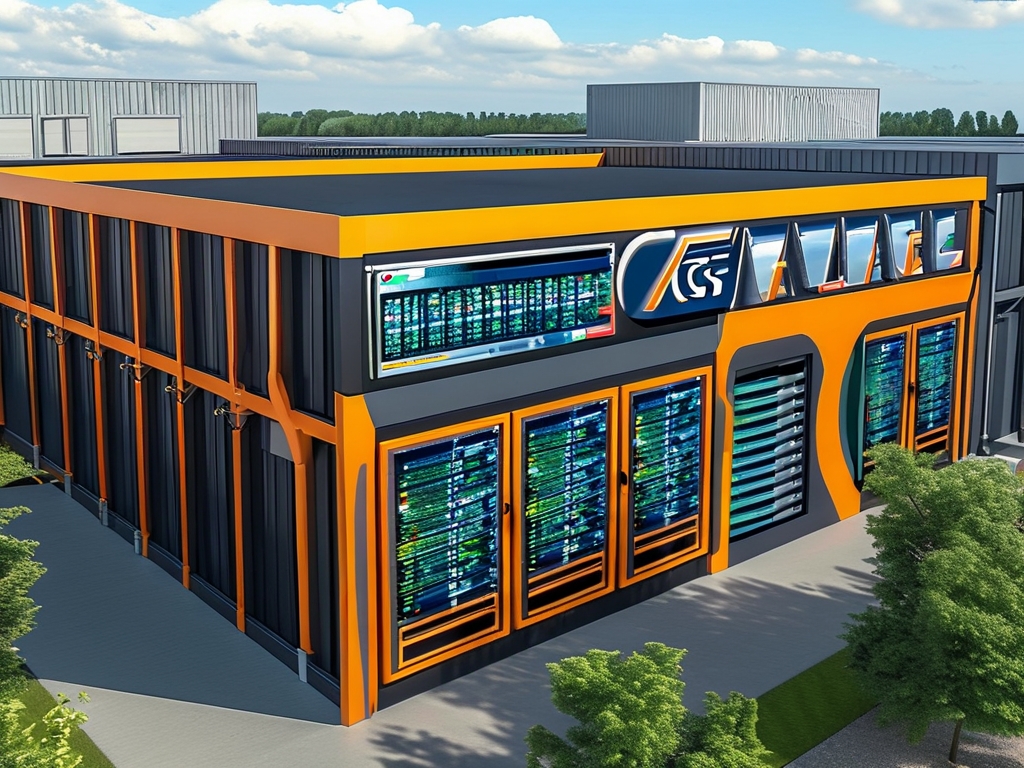The Google File System (GFS) is a pioneering distributed file system designed to manage large-scale data storage and processing across clusters of commodity hardware. Introduced in a seminal 2003 paper by Google engineers, GFS was built to address the challenges of storing and accessing massive datasets efficiently in a distributed environment. A critical question often arises: Which storage architecture is best suited for GFS? To answer this, we must analyze GFS’s design principles, its alignment with specific storage architectures, and its practical use cases.
Understanding GFS’s Core Design
GFS was engineered with three primary goals:
- Scalability: Supporting petabytes of data across thousands of nodes.
- Fault Tolerance: Ensuring data reliability despite frequent hardware failures.
- High Throughput: Optimizing for large, sequential data reads and writes rather than low-latency operations.
These goals directly influence the storage architecture GFS adopts. Unlike traditional file systems that prioritize low latency and strict consistency, GFS embraces a loosely consistent, append-centric model. It divides files into fixed-size chunks (typically 64 MB), distributes them across multiple nodes, and maintains redundancy through replication.
GFS and the Horizontal Scaling Architecture
GFS is inherently aligned with horizontally scalable storage architectures. Horizontal scaling, or "scaling out," involves adding more nodes to a system to handle increased load. This contrasts with vertical scaling ("scaling up"), which relies on upgrading individual machines.

Why horizontal scaling?

- Data Volume: GFS targets applications like search indexing, log processing, and big data analytics—domains where data grows exponentially. Horizontal scaling allows seamless expansion by integrating new nodes.
- Cost Efficiency: Commodity hardware is prone to failures, but horizontal architectures mitigate this through redundancy. GFS replicates each chunk across 3+ nodes, ensuring data availability even if multiple machines fail.
- Parallel Processing: By distributing chunks, GFS enables parallel read/write operations. This aligns with MapReduce-style workloads, where tasks are divided across nodes.
GFS vs. Alternative Storage Architectures
To clarify GFS’s suitability, let’s compare it to other storage architectures:
-
Centralized Storage (Vertical Scaling):
- Centralized systems rely on high-end servers with large storage capacities.
- Limitations for GFS: Such architectures lack the fault tolerance and scalability needed for petabyte-scale data. They also create single points of failure.
-
Object Storage (e.g., AWS S3):
- Object storage manages data as discrete units (objects) with metadata.
- GFS’s Distinction: GFS optimizes for large file chunks and batched operations, whereas object storage excels at handling smaller, unstructured data with REST APIs.
-
Block Storage (e.g., SAN/NAS):
- Block storage provides raw storage volumes to servers.
- GFS’s Advantage: GFS abstracts physical storage layers, offering a unified namespace and automated chunk management—critical for distributed workflows.
The Role of the Master Node and Metadata Management
A unique aspect of GFS is its single-master architecture. The master node manages metadata (e.g., file-to-chunk mappings, chunk locations) while clients interact directly with chunk servers for data transfers.
Why this works:
- The master’s lightweight metadata workload avoids bottlenecks.
- Clients cache metadata to reduce reliance on the master.
- The architecture prioritizes throughput over real-time consistency, making it ideal for batch-oriented tasks.
However, this design raises questions about the master being a single point of failure. Google addressed this by implementing shadow masters and minimizing the master’s operational role.
Use Cases Highlighting GFS’s Strengths
GFS shines in scenarios demanding high-throughput, fault-tolerant storage:
- Big Data Analytics: Platforms like Apache Hadoop HDFS (inspired by GFS) store and process terabytes of data across clusters.
- Log Processing: Companies like Google use GFS to aggregate and analyze logs from thousands of servers.
- Machine Learning Training: Distributed training requires reading massive datasets in parallel, a task GFS supports efficiently.
Limitations and Evolving Alternatives
While GFS revolutionized distributed storage, newer systems address its limitations:
- Weak Consistency: Applications requiring strong consistency (e.g., databases) may struggle with GFS’s eventual consistency model.
- Small File Inefficiency: Storing millions of small files can overwhelm the master’s metadata management.
Modern alternatives like Ceph (object storage) and Apache HDFS (optimized for Hadoop) build on GFS’s ideas while introducing improvements.
The Google File System is optimally suited for horizontally scaled, throughput-oriented storage architectures. Its design prioritizes scalability, fault tolerance, and efficient handling of large files—making it a cornerstone for big data and distributed computing. While newer systems have emerged, GFS’s principles continue to influence the evolution of distributed storage technologies. Organizations managing petabytes of data in batch-processing environments will find GFS’s architecture aligns perfectly with their needs.





